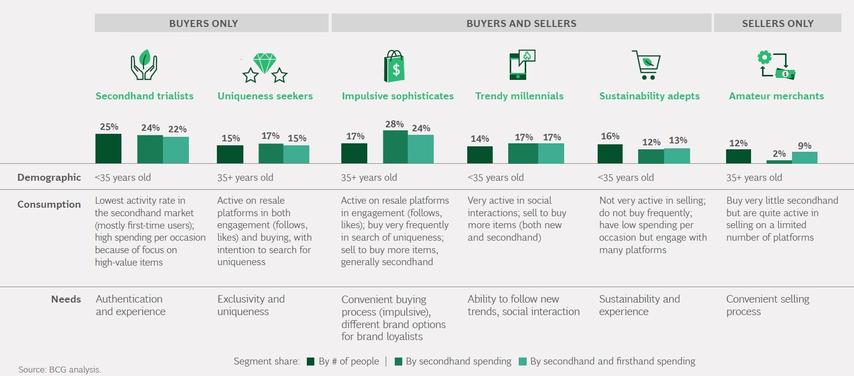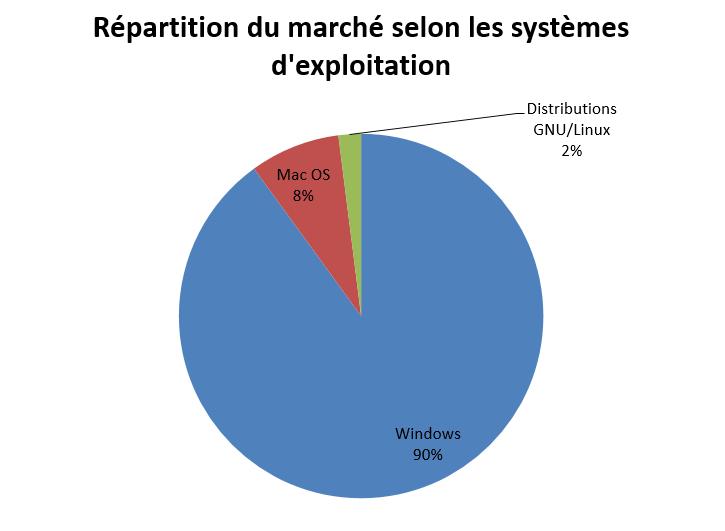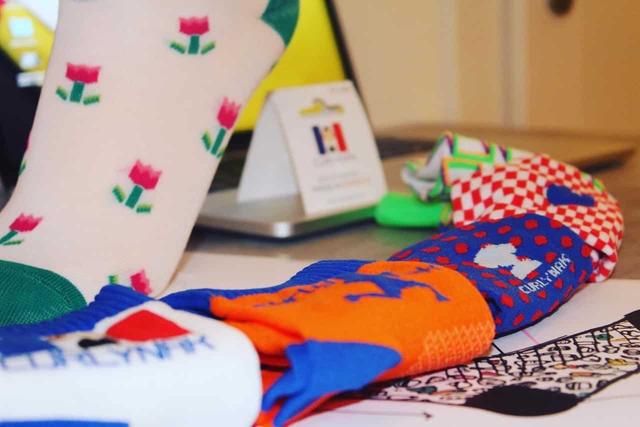Major clothing brands are investing in the second-hand sector
"You're not wearing it? Sell it!" Surely you have heard this advertising slogan before. It's that of Vinted, a second-hand mobile application. Created in 2008, this Lithuanian brand now claims 45 million users. And the group's objective is clear: "the world of second-hand has gone beyond the borders of thrift stores. Our mission: to make second-hand the first choice in the world" can be read on their site.
Although these slogans are above all commercial, the success of the second hand is indeed real and is transforming the textile market. If a few years ago, thrift stores did not enjoy a very flattering image, today they are preferred by many consumers. The French Institute of Fashion published a study in 2019 revealing that 56% of American women buy second-hand. They are 42% in France, 34% in Italy and 33% in Germany. And clothing brands have felt the tide turn.
Kiabi, La Redoute, H&M... to each their own method
For the online fashion site La Redoute, a brand new sales platform has emerged: La Reboucle. Individuals are encouraged to resell their clothes or buy second-hand items. In order to continue to promote the brand, the site offers sellers an e-gift card credited with an additional 25%. Same principle at Kiabi, where the seller can choose to be paid in vouchers credited with an additional 20%. A way to keep customers on the platform.
On the side of Zalando, the brand has also opted for compensation in a gift card or even in a donation redistributed to a charity association. For H&M and its second-hand platform Sellpy, the strategy is a little different. Here, the brand takes care of the sale and the profits are shared with the seller. Finally, the German brand About you presented, in recent days, its Second Love collection made up of second-hand clothes.
A movement driven by consumers
Consumers often act for two reasons: ethical and economic. Thus, Clarisse, 17, indicates that the second hand "limits fast-fashion, even if some clothes come from it. At least, they are reused." This is confirmed by Elodie, 27, for whom "the goal is to no longer participate in the fast-fashion industry which is responsible for enormous environmental problems". Finally, Coline, 26, admits having been a consumer of fast-fashion but "following the dissemination of reports, I realized that certain brands exploit entire populations with indecent working conditions." It therefore seems logical that these same creative brands of fast-fashion are now seeking to restore their image.

Finding designer clothes at low prices is also what drives some consumers to turn to second-hand. For Fanny, 25, it's an opportunity to buy "special sports equipment which is very technical and very expensive when bought new". This is also the case for Christel, 52, for whom the second hand “allows me to buy brand name clothes that I cannot afford to buy new”.
Aurore Dessaigne







